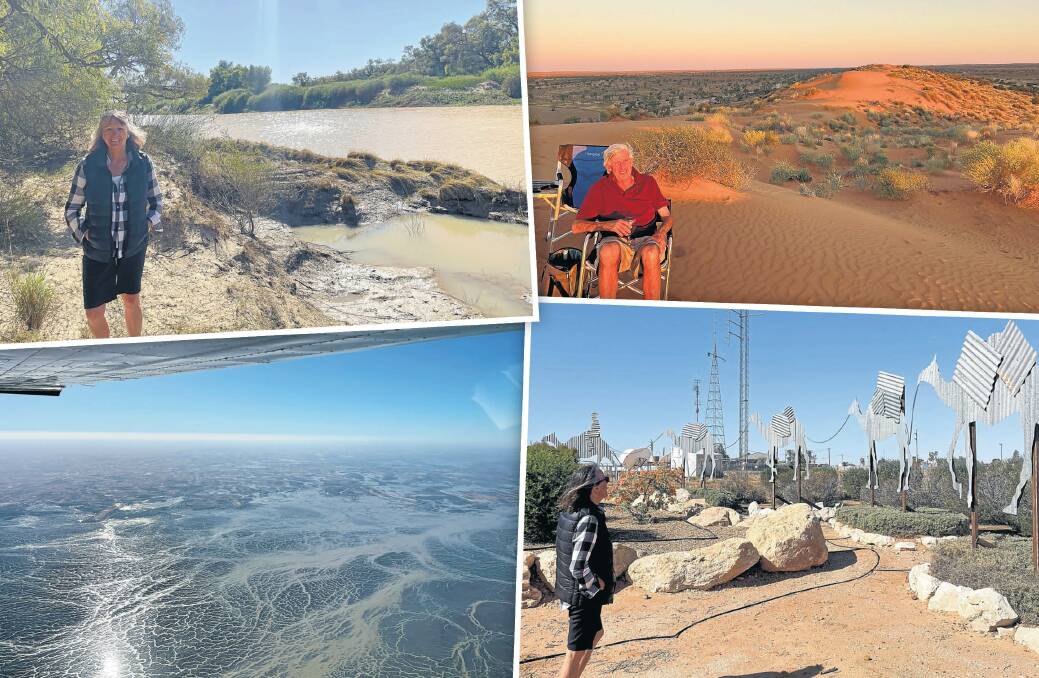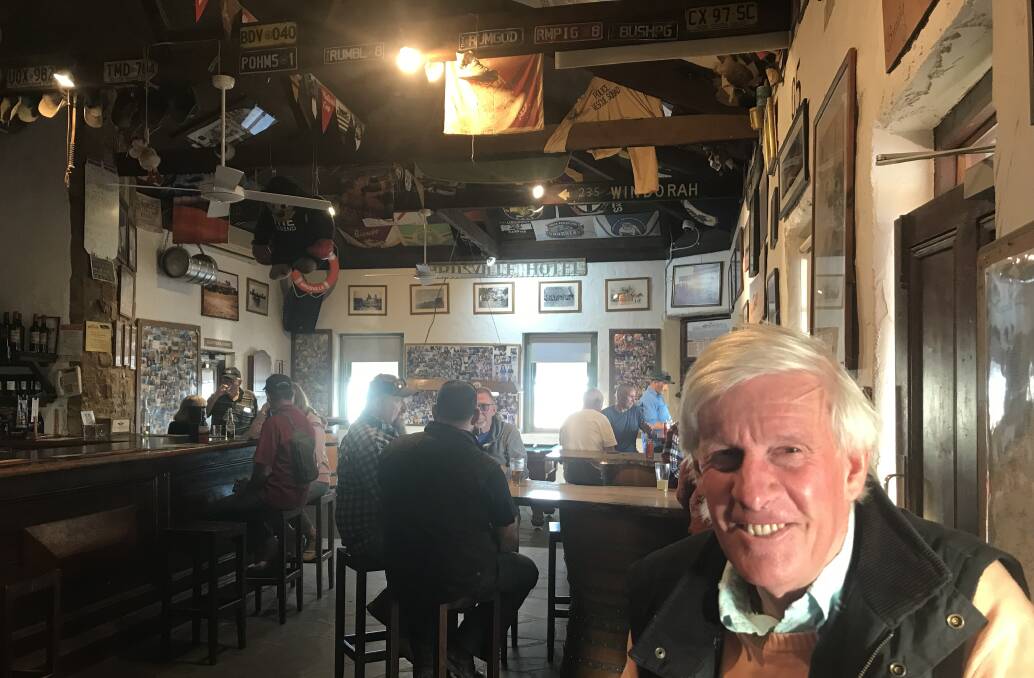

Why Birdsville?
Subscribe now for unlimited access to all our agricultural news
across the nation
or signup to continue reading
Well, because it is there, might be a succinct answer.
On the north-south, east-west crossroads of the continent,the little outback town in far south-western Queensland has become a 'destination' for people seeking to experience the Australian bush, but with a semblance of comfort.
And for those travellers who are tired of the luxury of beachside resorts and are looking to renew their association with the 'real' Australia, then Birdsville is one place to visit.
Ten kilometres north of the South Australian border, Birdsville was founded in the 1870s to service the surrounding cattle stations, after pastoralists had taken up country during the preceding decade.
It also developed as the administrative centre for police patrols, health services and the custom house for collecting tolls from the drovers as the passed through with cattle ultimately destined for the Adelaide market.
It's name is intriguing and has led to much speculation on the origin - but by 1882, the name Birdsville was in common use; it was accepted during the 1885 survey and when the town was officially recognised in 1887, the name stuck.
For many years, it was rarely visited by people other than those who worked on the stations, or who provided health and commercial services.
But in recent years, especially since the roads in and out of Birdsville had been upgraded been upgraded to better assist the movement of cattle by trucks, the town and its attractions have been significant in many travel plans.
But it wasn't until the publicity following a pilgrimage by then Prime Minister Malcolm Fraser in 1978, causing many to put Birdsville and the Birdsville races on their travel plans and in doing so igniting a tourism boom for the town, that it was considered to be an attractive holiday destination.
The first race meeting was held in 1882, and but for a few interruptions has been held almost continually since.
Now attended by some thousands of keen punters, the annual event supports the Royal Flying Doctor Service, as well as providing welcome income for the town businesses.
A more recent event, which again attracts some thousands of revellers is the Big Red Bash.
This musical festival is held on the claypan in the shadow of the Big Red Sandhill, some 35 kilometres west of Birdsville and gateway to crossing the Simpson Desert.
The musical event is marketed as the 'world's most remote music festival', and has achieved an iconic status among concert-goers.
But for those who prefer to enjoy the outback and the beauty of it's myriad landscapes in relative quite, then watching the sun settle over the Simpson Desert, from the top of the Big Red Sandhill and drinking Champagne with strawberries is for you.
While taking wine to the Big Red Sandhill has become a dominate feature of a visit to Birdsville, watching the sun sink in the west from Pelican Point, just out of Birdsville on the Diamantina River, will also remain in the memory for a long time.
It's isolation has preserved many heritage buildings such as the Birdsville Hotel, the Australian Inland Mission Hospital and the Birdsville Courthouse, but with the influx of the tourist trade, facilities in the town have been upgraded.
The Birdsville Bakery serves bread and pastries equal to any urban bakery, while the available accommodation boasts dongas, with a communal camp kitchen, camping or caravan sites or upmarket self-sufficient rooms.
And the restaurant in the Birdsville Hotel serves meals as good as those plated in the many-hatted places in Adelaide or Brisbane.
Besides the many attractions around the town such as the Camel Sculpture and the Anzac Park, it was informative to visit the source of much of the town's power - an 80kW geothermal power station.
It is reputed to be unique in Australia, generated by the water rising for the Great Artesian Basin through a bore drilled in 1961, heating the Rankine Cycle engine.
The cooled water provides the drinking water for the town.
But a highlight for me during our visit in May to Birdsville was a flight over the flooded Eyre Creek, where the water was flowing out of the Georgina River and running through the channels into Goyders Lagoon.
It was an amazing sight to see the intricate pattern of the channels as the water was reflected in the sunlight.
The pilot said he thought the flood was 40km wide at is peak, and although the plane flew at a greater height due to wind turbulence at a lower level, it was fascinating to see the manner in which the landscape has evolved through millennia to cope with the extreme and irregular flooding.
When that slow moving flood water recedes, the response of the native grasses, bushes and flowers must be a sight to behold.
And one day, after another similar event when it happen again, I plan on revisiting the area and seeing, on the ground, that natural and phenomenal recovery of a landscape, too many consider a 'desert' or the 'dead heart' of our country.
Let us not destroy this natural beauty.


